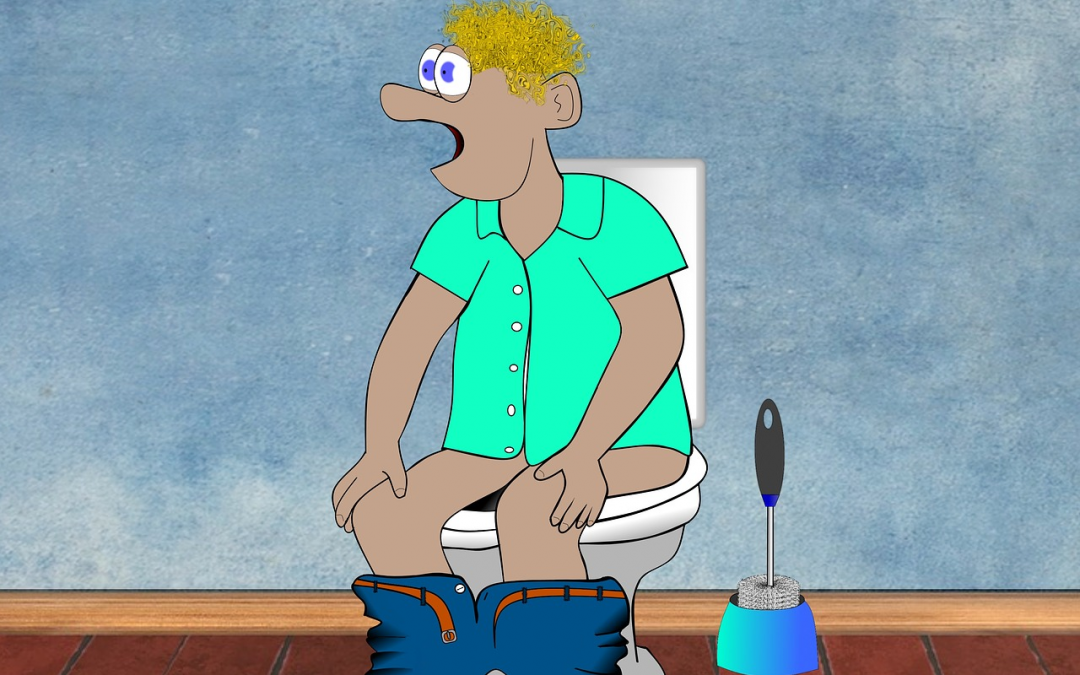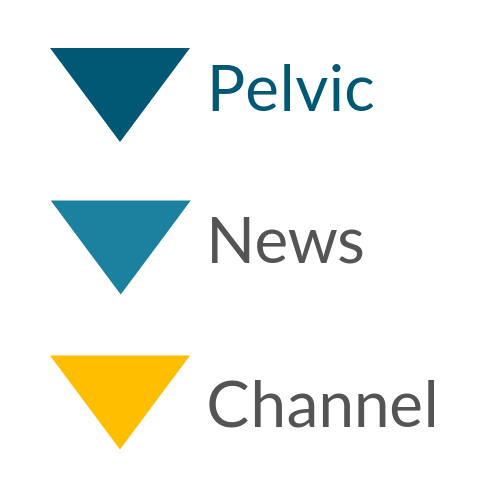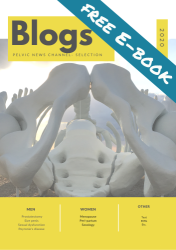Do you want to learn more about the efficacy of pelvic floor muscle training for patients with fecal incontinence? Yes, continue reading because today I will discuss a randomized controlled trial on the efficacy of supervised pelvic floor muscle training and biofeedback compared with attention-control treatment in adults with fecal incontinence.
I will also share what this research can mean to you AND give you a bonus tip!
INTRO
Prevalence numbers of fecal incontinence vary a great deal and range from 0.4 up to 18%. We know that about only one third of the people with fecal incontinence seek medical help from a doctor. Fecal incontinence has a high impact on Quality of Life.
You might, just like me, know the stories of patients who tell us that they don’t want to leave the house because they are afraid of losing stool. Or the patient who is afraid to go out because she can’t hold her stool when she has the desire to go to the toilet.
Therefore it is very important that the efficacy of therapies available for people with fecal incontinence are researched to increase our knowledge and improve care.
DESIGN
Attention given by health care professionals can result a positive effect and distort the outcomes of a trial. In this research they tried to tackle this issue in the design. The objective of this study was to investigate if supervised pelvic floor muscle training is more effective than attention-control massage treatment in adult with fecal incontinence.
The inclusion criteria:
- Fecal incontinence > 6 months
- ≥ 18 years
Exclusion criteria:
- pregnancy
- chronic diarrhoea
- severe neurological disorders
- rectal prolapse
- cancer surgery or radiotherapy in lower abdomen
- cognitive impairment
- > 2 sessions of pelvic floor muscle training in the last 12 months
In total 98 (9 men and 89 women) participants were randomised.
TREATMENT
Conservative treatment
Both groups got the same conservative treatment given by specialised nurses. It consisted of for instance: advice on fiber- and fluid intake and diet. If necessary they discussed the use of laxatives or anti diarrhoeal medication.
Pelvic floor muscle training
Six individual sessions by a specialised physiotherapist. The training consisted of within: education on anatomy and physiology of the pelvic floor. Instruction of a correct pelvic floor muscle contraction by digital palpation and EMG-biofeedback and tailor made home exercises for every participant.
Training scedule:
- Three sets of 10 repetitions, with a duration up to 10 seconds
- Two sets of three contractions of up to 30 seconds had to be performed as well
- The position in which they had to exercise was from lying to sitting to standing.
The physiotherapist was allowed to deviate from the above protocol in case it was too difficult for the participant.
Attention- control
Participants in this group received six times a massage of the neck and back. The objective was to give the same attention as the participants in de pelvic floor muscle training group. No information on pelvic floor muscle training was given. However, it was not forbidden for the participant to do pelvic floor muscle excercises.
The six treatment sessions were given over a period of 16 weeks.
MAIN OUTCOME MEASURE
Patient Global Impression of Improvement scale (PGI-I). This is a self-reported improvement scale ( 7-point Likert scale: very much better, much better, a little better, unchanged, a little worse, much worse, very much worse).
Results
The participants in the pelvic floor muscle training group reported a 5 times odds of improvement (PGI-I: very much better- much better-a little better) than the attention-control group. When only the upper two scores were an considered an improvement, there was still an odds of nearly 3 in favour of the training group.
There were no adverse events.
MY OPINION ON THE TRIAL
Qualilty of research: the CONSORT statement is followed and the trial protocol, with the statistical analysis plan and training program was published before data analysis was performed. All in all this is a high quality randomized controlled trial. In the blog I published earlier on ‘pelvic physiotherapy, 4 important issues’ the publication of the treatment program used in research was one of the important issues mentioned by our colleagues
Attention-control treatment: they tried to deal with a difficult issue. What is a good sham treatment to give. I personally wonder how the participants in this group felt about this treatment regarding their fecal incontinence (besides it was probably quite nice to get the massageJ). They must have known this wouldn’t benefit their fecal incontinence. In the article it was not mentioned if these participants were offered pelvic floor muscle treatment when the trial was finished.
Population: unfortunately it is not possible to do a sub analysis, therefor the numbers are too small (wasn’t calculated for in the power calculation). I would also like to know if there is a difference in outcome between men and women, but also between women who had had a delivery or not and between women with or without anal sphincter injuries.
Treatment: adherence is an important issue that should be addressed right from the start of any treatment. We should look together with the patient for an optimal strategy that fits them. Adherence wasn’t mentioned in the treatment plan. However, I sincerely hope this was incorporated as well.
I look forward to the results of the long term effects (36 months) of this trial.
The authors state that this result is interesting for primary healthcare. I agree and think that this is definitely research we can mention when talking to referring physicians. If pathology is ruled out, pelvic floor muscle training with the proper advises on diet, fluid intake etc. might be considered as a first line treatment option.
BONUS TIP: EVIDENCE STATEMENT ANAL INCONTINENCE
Do you know there is an evidence statement anal incontinence of the Royal Dutch Society for Physical Therapy (KNGF)? For those of you who are not yet familiar with it, check it out. It comprises of the diagnostic and therapeutic physical therapy process for adult patients with fecal incontinence. This statement is intended for (registered) pelvic physical therapists. The accompanying flowchart is a very handy tool summarizing redflags, the physical examination, diagnosis and treatment plan.
In this blog I only discussed the primary outcome measure. Therefor I encourage you to read to full article to learn about the secondary outcome measures like: Fecal Incontinence Qualitly of life scale(FIQL), Fecal Incontinence Severity Index(FISI), anorectal manometry and the bowel diary.
REFERENCES
Ussing A, Dahn I, Due U, Sorensen M, Petersen J, Bandholm T. Efficacy of supervised pelvic floor muscle training and biofeedback vs attention-control treatment in adults with fecal incontinence, Clin Gastroenterol.Hepatol. 2018 Dec 20 (Epub ahead of print) free article
Ussing A, Dahn I, Due U, Sorensen M, Petersen J, Bandholm T. Supervised pelvic floor muscle traing versus attention-control massage treatment in patients with faecal incontinence: statistical analysis plan for a randomised controlled trial. Contemp Clin Trials Commun. 2017 Jul 22; 8:192-202. Free PMC article









Recent Comments